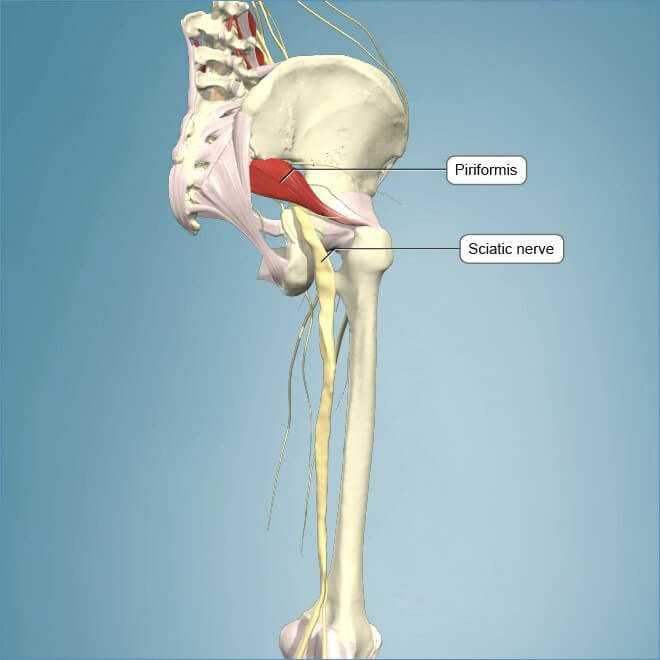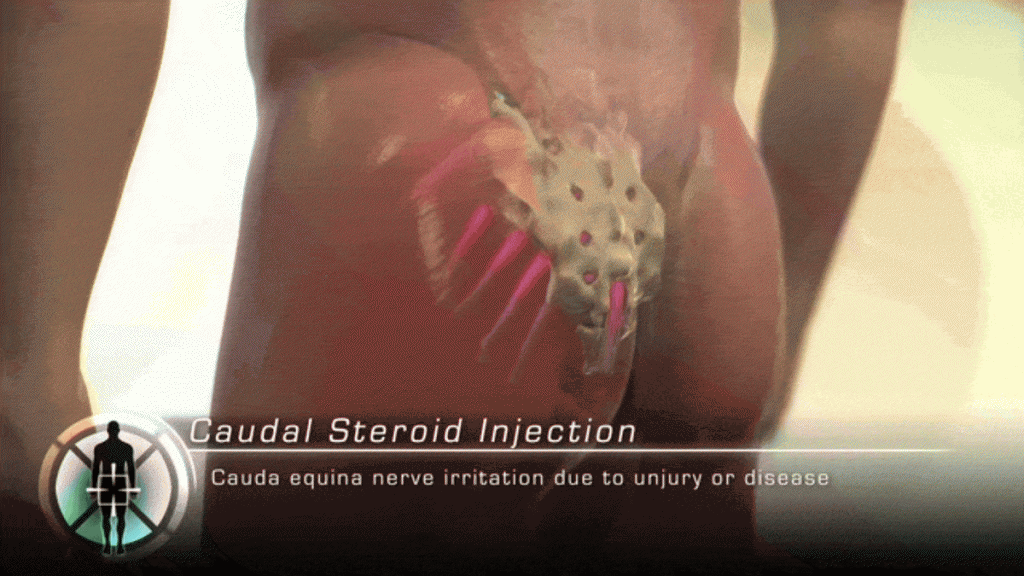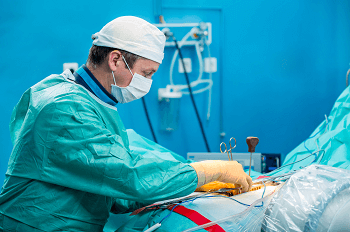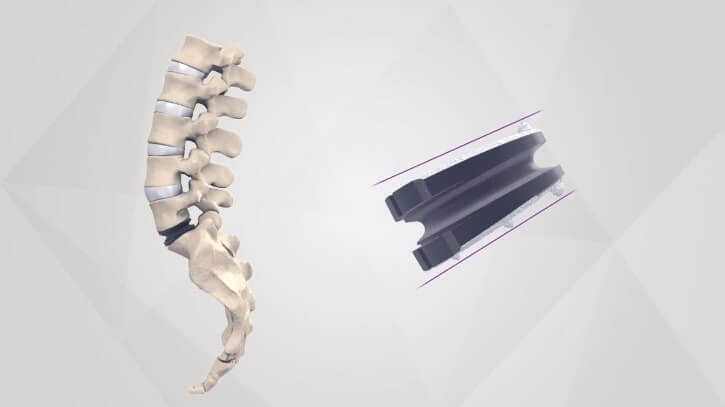Is Sciatica Surgery Your Best Option?

Sciatica Surgery
Surgery for the treatment of sciatica remains largely controversial. Studies have demonstrated that surgical intervention after two years produce the same results as conservative treatments. So, going for sciatica surgery to treat lower back pain is largely the patients’ choice.
Indications for Sciatica Surgery
At present, there are only a few indications for sciatica surgery. These are…
- For severe sciatic nerve pain wherein no long lasting relief has been found with conservative forms of treatment.

- Presence of symptoms of progressive neurological disorders in a patient, such as loss of bowel and bladder function in cauda equina syndrome (this condition requires emergency surgery).


Before even considering sciatica surgery, it is advisable to get as many opinions as possible from various doctors. Spine surgery carries with it a number of risks, including infection or irritation of a delicate nerve root, a possibility of future physical disability, and retention of or even worse pain (“Failed Back Syndrome”).

Sciatica Surgical Procedures
If after much discussion it has been found that sciatica surgery is indeed the best option, there are a number of procedures that may be employed in the treatment of the condition. These sciatica procedures are…
Minimally invasive sciatic surgery. Employs endoscopic techniques (basically, creating a small incision over the affected area and inserting an endoscope and other small instruments to operate).

Sciatica Laser Surgery. A type of minimally invasive surgery, it is primarily used in the removal of bone spurs in spinal and foraminal stenosis caused by osteoarthritis.
Spinal Fusion for Sciatica. Involves the fusion of two or more vertebrae as to limit any movement that would compress the sciatic nerve and its nerve roots.

Spinal Disc Replacement. Involves the removal of herniated or degenerated discs and replacing it with an artificial disc.

Discectomy for Sciatica. Involves the removal of disc bulges and ruptures that compress upon the sciatic nerve and its nerve roots.
Laminectomy for Sciatica. A type of major operation, it involves removing a portion of the vertebral disc, particularly the lamina.
Intradiscal Electrothermal Therapy (IDET) or Intradiscal Electrothermal Annuloplasty (IDEA) for Sciatica. A type of minimally invasive surgery, it involves the burning away with a laser of disc bulges and ruptures that compress the sciatic nerve and its nerve roots.
Nucleoplasty for Sciatica. Similar to IDET, the procedure involves the use of radio waves to break apart disc bulges and ruptures.
Radiofrequency Lesioning for Sciatica. Used in place of epidural steroid injections, this sciatica surgery involves the introduction of an electric current into the affected nerve so as to stop it from releasing pain signals. This procedure only targets the affected lumbar nerve, and does nothing to correct the underlying condition (such as disc herniation or spinal stenosis) that is what causing the nerve compression.





